All About "Hiragana" (ひらがな)
Hiragana, the curvy and fluid script that forms the basis of native words and grammatical elements.
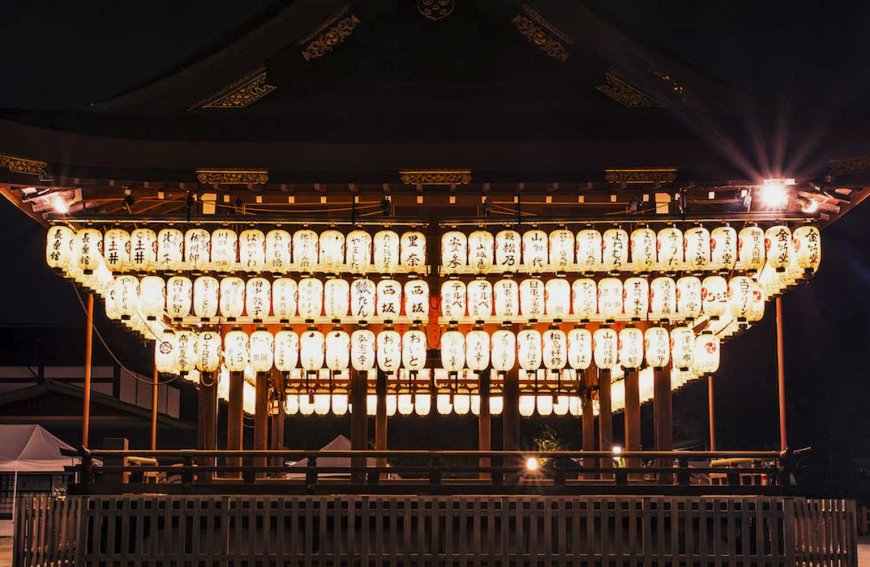
The Essence of Hiragana in Japanese Written Expression
Hiragana is one of the three writing systems used in the Japanese language, along with katakana and kanji. It is a syllabary consisting of 46 characters, each representing a distinct sound. Hiragana plays a fundamental role in Japanese communication, serving as the primary script for native words, grammatical elements, and children's literature.

Hiragana's roots can be traced back to the early 8th century when the Japanese sought a simpler way to record their language. Inspired by the cursive style of some Chinese characters, scribes developed a simplified script known as "man'yogana," which was the precursor to hiragana. Over time, the characters evolved and became more rounded and fluid, giving rise to the hiragana we know today.
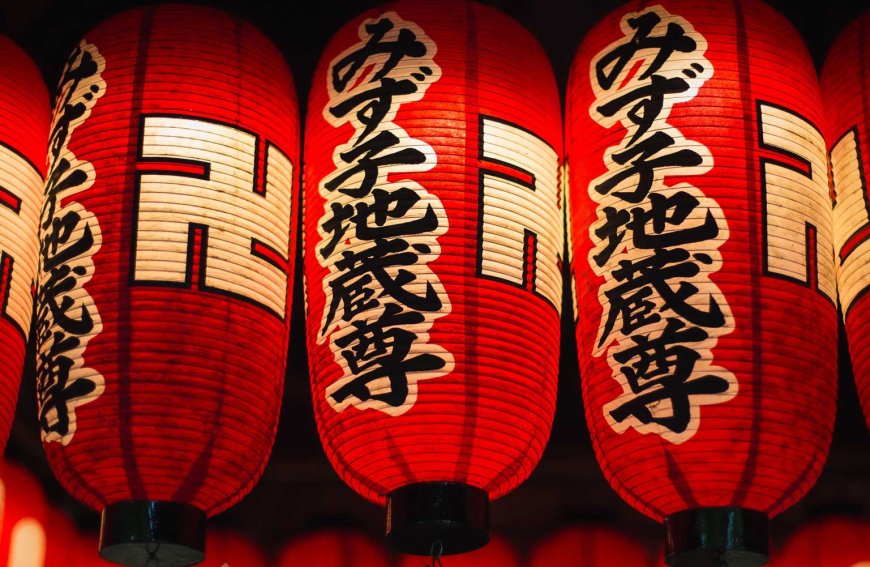
During the Heian period (794-1185), hiragana became widely used among women of the imperial court for personal writings and literary works. It gradually gained popularity as a script accessible to a broader audience and was used to write Japan's first novel, "The Tale of Genji," authored by Murasaki Shikibu in the 11th century.

Hiragana characters are curvy, with flowing strokes and rounded shapes, which sets them apart from the angular katakana and complex kanji characters. Each hiragana character represents a syllable, such as "あ" (a), "か" (ka), "さ" (sa), "た" (ta), etc. This phonetic nature makes hiragana ideal for native Japanese words and grammatical elements.
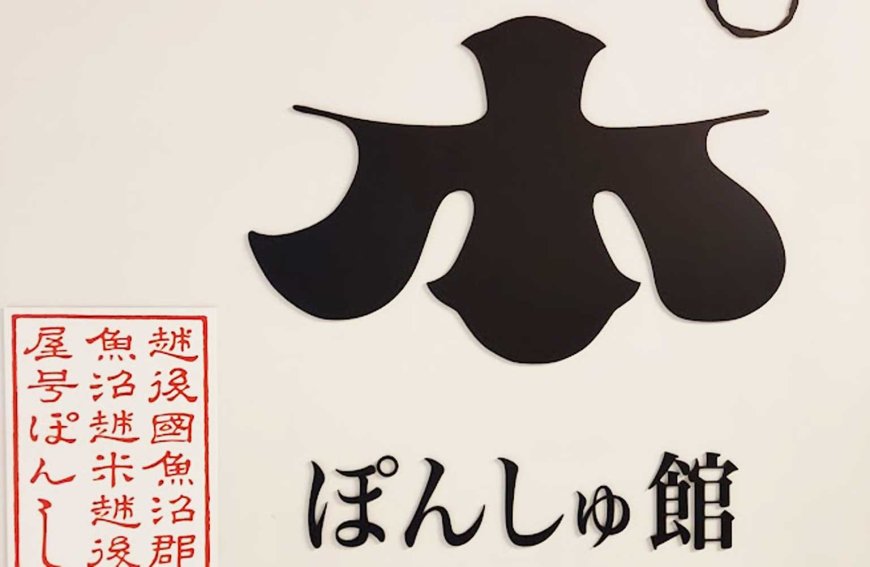
Usage of Hiragana
Hiragana plays a vital role within the Japanese language:
- Native Japanese Words: Hiragana is used to write native words that do not have a Kanji counterpart or are grammatical elements in a sentence. For example, words like "ゆっくり" (yukkuri - slowly) and "わくわく" (wakuwaku - exciting) are written in Hiragana.
- As furigana: Furigana are small Hiragana characters placed above or beside Kanji characters to indicate their pronunciation, especially for children or learners.
- Verb and Adjective Endings: Hiragana is used to attach grammatical endings to verbs and adjectives to indicate tense, politeness, and more. For example, verb conjugations like "食べます" (tabemasu) for "I eat" and adjective conjugations like "優しい" for (kind).
- Children's Literature: Hiragana is commonly used in children's books to facilitate early reading and writing skills.
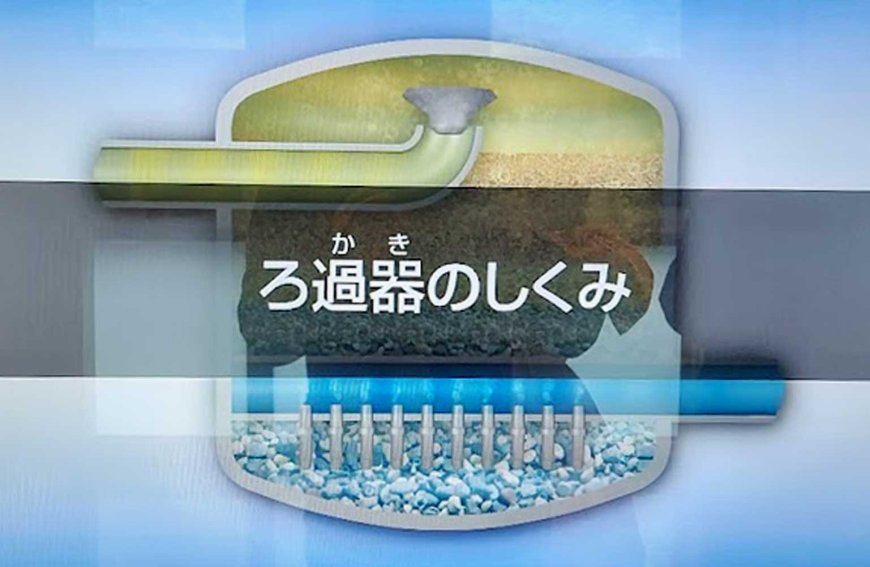
Learning Hiragana - Tips and Examples
Learning Hiragana can be an enjoyable and rewarding process. Here are some tips to help you on your way:
- Master Stroke Order: Pay attention to the stroke order of each character as it influences the overall shape. Learning correct stroke order improves readability and writing skills.
- Flashcards and Repetition: Create flashcards with Hiragana characters on one side and their Romanized pronunciations on the other. Regularly review these cards to reinforce your memory.
- Repetition and Writing Practice: Regularly practice writing Hiragana characters to solidify your memory and improve fluency.
- Vocabulary Building: Combine learning Hiragana with vocabulary acquisition to better understand and remember the meanings of words.
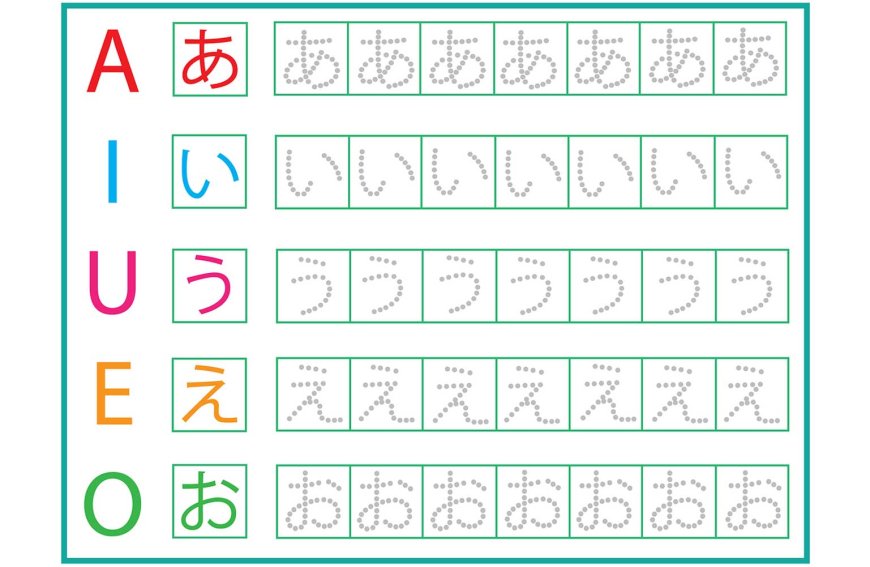
Example Simple Sentences using Hiragana:
- さくらんぼが美味しいです。 (Sakuranbo ga oishii desu.) - Cherries are delicious.
- 今日はいい天気ですね。 (Kyō wa ii tenki desu ne.) - Today, the weather is nice, isn't it?
- 私は日本語を勉強しています。 (Watashi wa nihongo o benkyō shiteimasu.) - I am studying Japanese.
- お酒が好きじゃありません。 (Osake ga suki ja arimasen.) - I don't like alcohol.

List of Hiragana Characters:
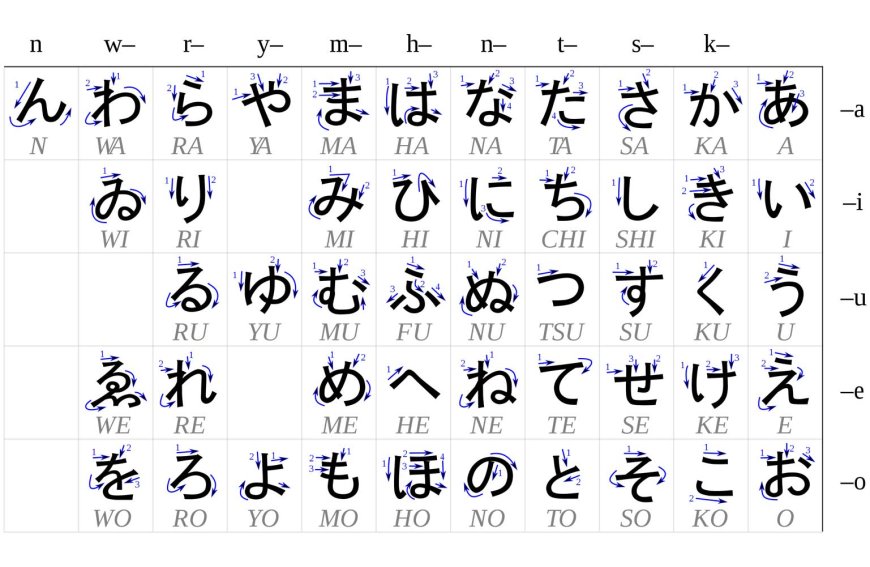
Japanese hiragana is an essential part of written communication in the Japanese language, serving as the building blocks for native words and grammatical elements. By mastering hiragana, learners will gain access to the foundation of the language, enabling them to explore the vast world of Japanese literature, communication, and expression.
Find Cheap Flight Tickets to any Destinations in Japan and the Philippines
Nipino.com is committed to providing you with accurate and genuine content. Let us know your opinion by clicking HERE.






























































